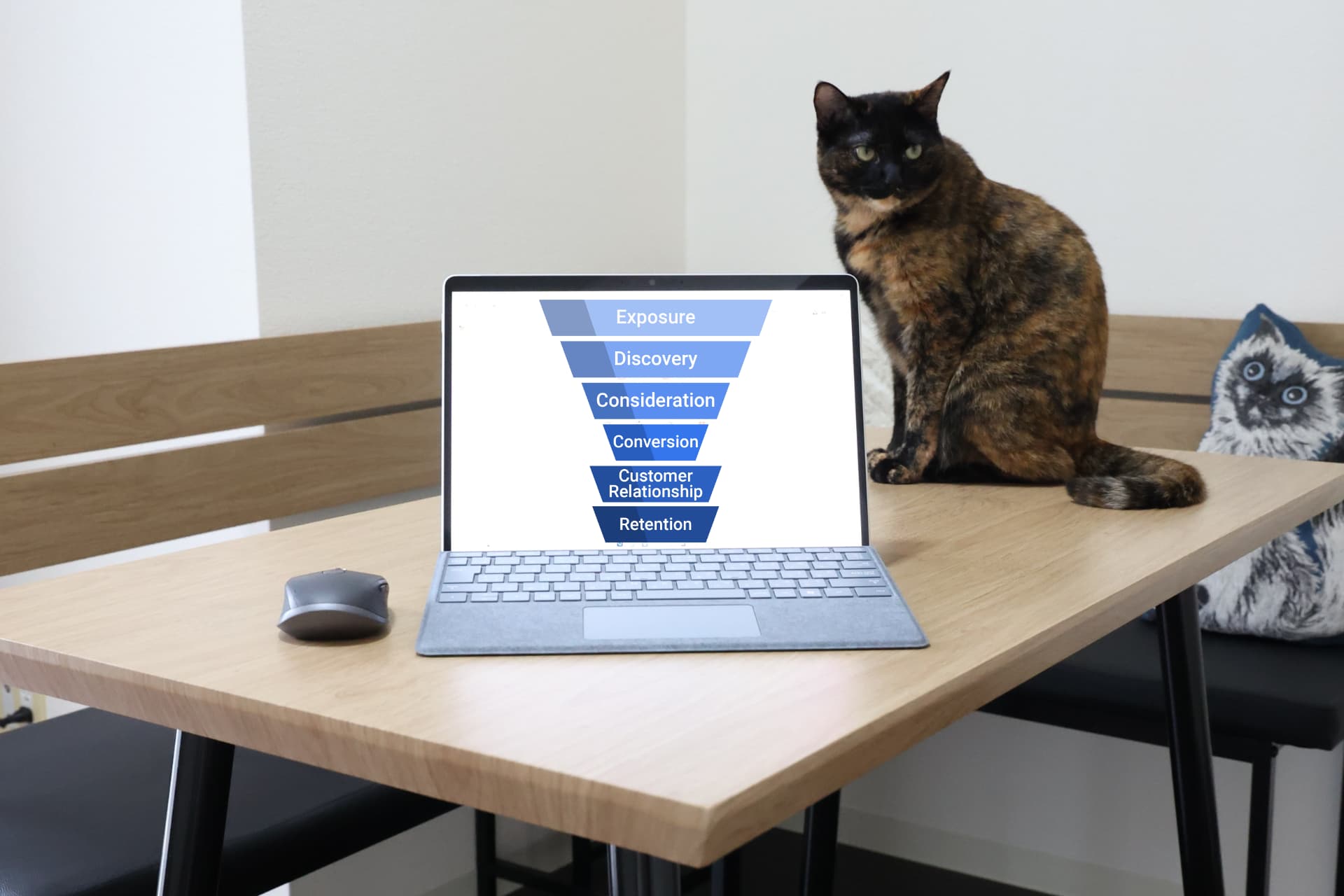The casino and furniture industries are two very different industries, but they have one thing in common: they both rely on customer acquisition to survive. Therefore, a great marketer will always look for new ways to attract customers through integrated advertising campaigns.
At Golden Pokies casino, we attract customers from different backgrounds, who have varying preferences. That’s why we recommend your marketing strategy to be complex and flexible enough to address different needs of clients in order for your business to succeed at attracting fresh patrons who might not otherwise be interested in buying furniture on a regular basis.
Measure Campaigns and Mix Them Up!
The right marketing campaign can do wonders for your business, but you need to measure the campaigns and make sure they’re working.
- Measure campaigns. Measuring your marketing initiatives is crucial because it’ll help you determine if the campaigns are being effective or not. You can use analytics software like Google Analytics or MixPanel to track how many people visit your website or app after clicking on one of your ads and see where they go once they arrive.
- Mix up campaigns often. You should switch up your strategies so that users don’t get bored with seeing the same ads over and over again in their feeds, which means changing up what type of mediums you’re advertising on (like TV vs social media), who sees these ads (people who live nearby vs those who live far away), when those different types of people see them (on weekends vs weekdays), etc.
- Another important thing about being nimble is being able to react quickly if things go wrong — and we all know something always does! If someone gets upset about something on social media or calls your store because of poor service or delivery issues then having someone who’s willingto listen may mean the difference between keeping them as customers (or not).
Online vs Offline Marketing for Casinos and Furniture Stores
- Offline marketing: This strategy includes advertising on TV, radio, newspapers, magazines and billboards. If a customer sees your ad in print or hears its audio clip on radio or TV then it’s likely that they will visit the store or website where they saw/heard it advertised.
- Online marketing: You can use this strategy to drive traffic directly to a physical store but it is also used by many companies as their primary channel for selling products because of its flexibility and cost-efficiency (no need for large spaces).
- Combined offline/online strategy: Some companies prefer combining these two types of campaigns in order for them to work better together as one integrated campaign that generates more revenue than if each was run separately from each other.
Online marketing is more effective than offline marketing. It’s also cheaper than offline advertising and promotion. You can easily measure the results, and you can learn from each campaign to refine future efforts, making the process easier with each iteration. It’s also much more scalable — you can reach a huge number of people with a small budget, compared with traditional methods like print or television advertising that cost much more per person but reach fewer people overall.
8 Key Marketing Channels for Brands
The marketing channel or strategy you choose is going to determine the success of your marketing campaign. While it’s possible that any marketing channel may work for some businesses, it’s important to select a channel that is most relevant and cost-effective for your business. There are multiple ways to reach your target audience, but these eight channels are the most common:
- Social Networks (Facebook, Twitter)
- Search Engine Marketing (Google AdWords)
- Email Marketing
- Traditional Ads
- Third-party Digital Advertising
- Content Marketing
- Direct Mail
- Affiliate Marketing
Customer Journey
To create an effective marketing funnel, you need to know who your customers are and what they want. This will help you determine the best way to move them through the funnel.
The customer journey is the process each customer goes through as they make their way from first contact with your brand, through conversion and retention, into advocacy. The length of this journey varies from person to person based on a range of factors: time spent searching for products or services; previous experience with similar businesses; geographic location; education level; age group etc.
In addition, some people have more disposable income than others (e.g., retirees vs young professionals), so it’s important that you think about where each segment fits within this system — how long it takes them to get through each stage and how much money they’re willing or able to spend along the way.
Summary
Firstly, the use of all marketing channels is a must. The combination can result in powerful integrated campaigns that drive brand awareness, engagement, and conversion.
Secondly, marketers need to be able to measure their success with data before they can determine what works best for them and their customers. Testing different variables will help you find out which channels are more effective at driving conversions than others. Thirdly, ensure that your social media team isn’t wasting valuable time posting tweets or updates that won’t get any response from consumers (if this happens often enough).

